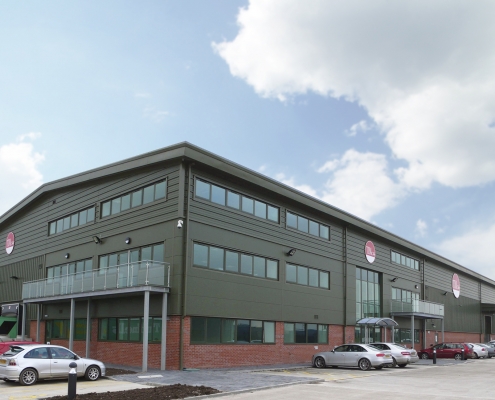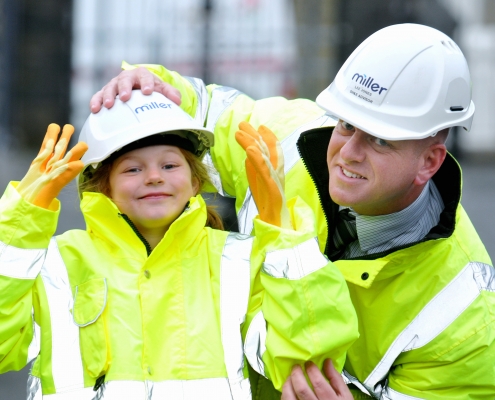Prime Time: The Impact Of Scarcity Marketing
When you look at Prime, it’s your standard energy drink. Loud and colourful with a name that suggests that inspires some sort of hyper-performance.
With Logan Paul and KSI behind the brand Prime was always likely to be popular, but the inflated prices and irrational behaviour it has caused cannot be attributed to the two’s stardom alone.
Somehow there’s an unquenchable thirst for this drink and its had people driving to a Wakefield off-license for an £100 bottle in a cost-of-living crisis, as well as hordes of customers descending on supermarkets that stock it.
So how has, on the face of it, a rather ordinary energy drink led to so many believing it to be Lourdes water’s equivalent? Scarcity marketing.
What is Prime?
Over the last few months, we’ve seen snaking queues and dives into shelves that would give Tom Daly a run for his money. All of this for KSI and Logan Paul’s new business venture, Prime Hydration.
The duo have enormous respective followings on social media and are two of the highest profile YouTubers in the world, which, of course, gives them an excellent platform for any product launch.
Paul and KSI teamed up to create the energy drink, in conjunction with supplier and distributor Congo Brands, and launched Prime in January 2022.
Since then it has become the official sports drink supplier for Premier League table-topping Arsenal and the UFC with its CEO Dana White signing the drink up on a multi-year basis.
What is scarcity marketing?
Scarcity marketing is not a new phenomenon and it’s a basic economic principle. Well-worn phrases such as while stocks last, flash sales and limited-time offers are used to create a sense of product rarity and urgency among consumers. Limited supply = high demand.
One of the most infamous cases of scarcity marketing involves the diamond market.
We’re led to believe that a diamond is a scarce resource and gifting a partner one is a sign of true love.
Well, in actual fact during the nineteenth century the DeBeers mining company, who had a monopoly on diamonds, began stifling supply to create scarcity and therefore, increase demand for the stone.
The tight control of the supply of diamonds created artificially high prices and, subsequently, high demand.
However, when the price of a diamond decreased during the 1930s, the very same company created a clever marketing campaign involving celebrities of the day, to convince the world that the rare diamond was a true indication of love.
Essentially, as part of the campaign, it was claimed that the size of a diamond ring was exactly equal to the love a man had for his fiancée, which has created the lasting engagement tradition.
Scarcity marketing is a tactic that’s been deployed for over 200 years, but it’s become even more effective with the advent of social media and platforms such as YouTube and TikTok have been instrumental in spreading the narrative that Prime is a scarce resource.
From Aldi to Wakey: How Prime became ‘scarce’
Having been released to the US market much earlier in 2022, Prime first became available in the UK back in October when Asda began selling the drink and retailed at around £1.80.
However, the drink quickly became rather elusive and, although ostensibly limiting the supply of the drink was never part of the marketing strategy, Asda had to set a limit on the product to three per person due to finite stocks and concerns over resales.
The literal scramble for Prime grew more urgent when Aldi temporarily stocked the drink in its special buy section and limited sales to one per customer. Videos soon emerged of people desperately trying to get their hands on the drink, with one video even showing a grown man swiping a bottle from a child.
The aforementioned limited time nature of this offer by Aldi stirred urgency among consumers who felt they couldn’t miss out on having this product and with the videos of the supermarket scrambles spreading rapidly on TikTok, the craze surrounding Prime grew.
Then from amidst the chaos, an unlikely TikTok ‘star’ emerged, Mohammed Azar Nazir, the owner of the Wakey Wines off license. Clips of Nazir with customers who’d misguidedly bought bottles of prime for a disgustingly exorbitant price, began to go viral.
Wakey Wines became part of the national lexicon overnight and the shop’s fame outgrew the boundaries of West Yorkshire, overnight. The shop had capitalised on the absurd consumer demand for this ‘rare commodity’ and charge excessive prices, all the while taking full advantage of power of social media
Meanwhile on eBay, the energy drinks that were released in early January, have been selling at as much as £2,000. Such prices are morally reprehensible, particularly when you consider how so many people are struggling at the moment.
Prime: A perfect storm
In the nineteenth century DeBeers didn’t have social media to market their ‘rare commodity’ but if they did, it’s interesting to consider how this would have affected the demand for diamonds.
In the case of Prime, you have the combination of two of the world’s biggest YouTubers being the face of the brand, a product in limited supply and social media.
These three factors help fuel both the idea that the drink is a scarce resource and the fear of missing out.
Although the scarcity marketing tactic has been denied by KSI and Logan Paul, Prime is an example of just how powerful the idea of rarity is in advertising and marketing.






